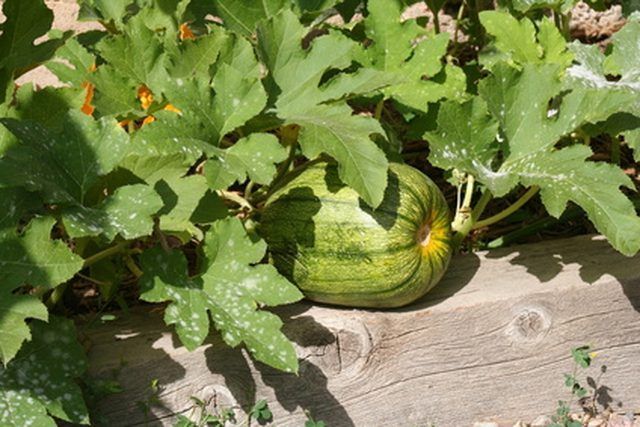Bulbs
Flower Basics
Flower Beds & Specialty Gardens
Flower Garden
Garden Furniture
Garden Gnomes
Garden Seeds
Garden Sheds
Garden Statues
Garden Tools & Supplies
Gardening Basics
Green & Organic
Groundcovers & Vines
Growing Annuals
Growing Basil
Growing Beans
Growing Berries
Growing Blueberries
Growing Cactus
Growing Corn
Growing Cotton
Growing Edibles
Growing Flowers
Growing Garlic
Growing Grapes
Growing Grass
Growing Herbs
Growing Jasmine
Growing Mint
Growing Mushrooms
Orchids
Growing Peanuts
Growing Perennials
Growing Plants
Growing Rosemary
Growing Roses
Growing Strawberries
Growing Sunflowers
Growing Thyme
Growing Tomatoes
Growing Tulips
Growing Vegetables
Herb Basics
Herb Garden
Indoor Growing
Landscaping Basics
Landscaping Patios
Landscaping Plants
Landscaping Shrubs
Landscaping Trees
Landscaping Walks & Pathways
Lawn Basics
Lawn Maintenance
Lawn Mowers
Lawn Ornaments
Lawn Planting
Lawn Tools
Outdoor Growing
Overall Landscape Planning
Pests, Weeds & Problems
Plant Basics
Rock Garden
Rose Garden
Shrubs
Soil
Specialty Gardens
Trees
Vegetable Garden
Yard Maintenance
How to Control Powdery Mildew With Milk
How to Control Powdery Mildew With Milk. Powdery mildew is a fungal disease that routinely attacks garden flowers such as rose, phlox, lilac and zinnia; and vegetables such as beans, cucumbers, lettuce and pumpkins. Leaving a white to grayish coating on leaves, buds and fruit and causing general disfigurement and weakening of plants, powdery mildew...

Powdery mildew is a fungal disease that routinely attacks garden flowers such as rose, phlox, lilac and zinnia; and vegetables such as beans, cucumbers, lettuce and pumpkins. Leaving a white to grayish coating on leaves, buds and fruit and causing general disfigurement and weakening of plants, powdery mildew is best eradicated by the use of fungicides.
Not all powdery mildew fungicides are chemicals that must be purchased at your garden center. While it is not yet known how, in some cases, milk can get rid of powdery mildew.
Things You'll Need
Milk--raw or pasteurized, whole or part fat
Dried milk--whole or part fat
Spray bottle
Spray attachment for hose
Using Milk to Control Powdery Mildew
Identify your garden plants that are suffering from powdery mildew. According to the University of California, powdery mildew will appear as blotchy white or gray patches on the tops of leaves. In severe cases, powdery mildew may spread to the shoots, buds and flowers of plants. If you see a white chalky or powder coating on your plant, it is most likely powdery mildew.
Prepare your milk spray for powdery mildew. Mix liquid milk with water at a concentration of between 10 and 20 percent milk. If you have only a plant or two to spray, use a hand-held spray bottle to dispense the milk solution. If you have many plants that are affected by powdery mildew, use a spray bottle attachment for your hose, set at the proper dilution rate.
Spray your plants, taking care to carefully cover all surfaces of the plant, including the undersides of leaves. The best time of day to spray plants is first thing in the morning, or in the evening.
Inspect and respray affected plants once a week.
Tips & Warnings
Do not mix milk with water at a higher rate than 20 percent, or you risk attracting other fungi that will feed on the remains of the milk fat.
According to a report by Washington State University, the use of skim milk has induced leaf spot disease, black rot and soft rot on treated cruciferous crops.